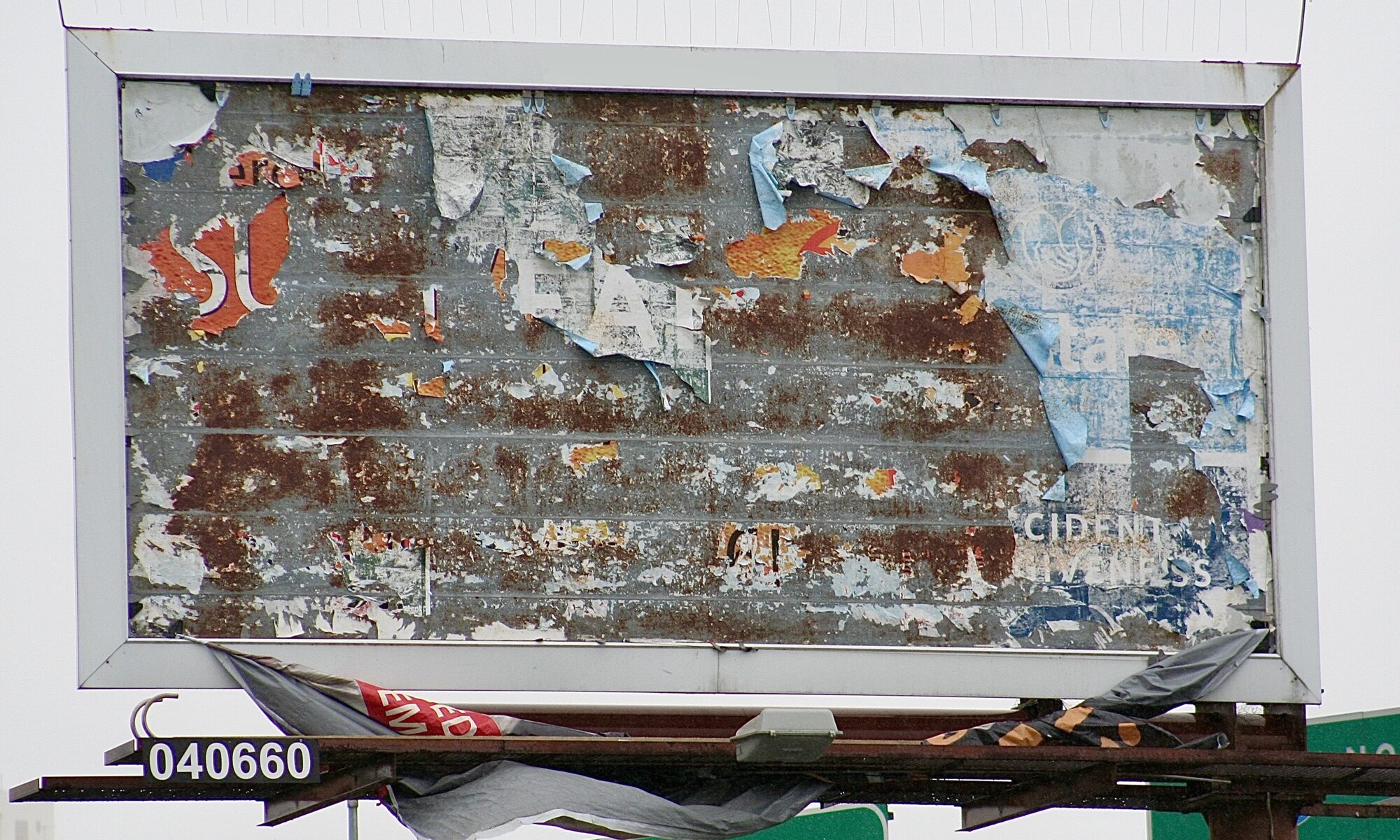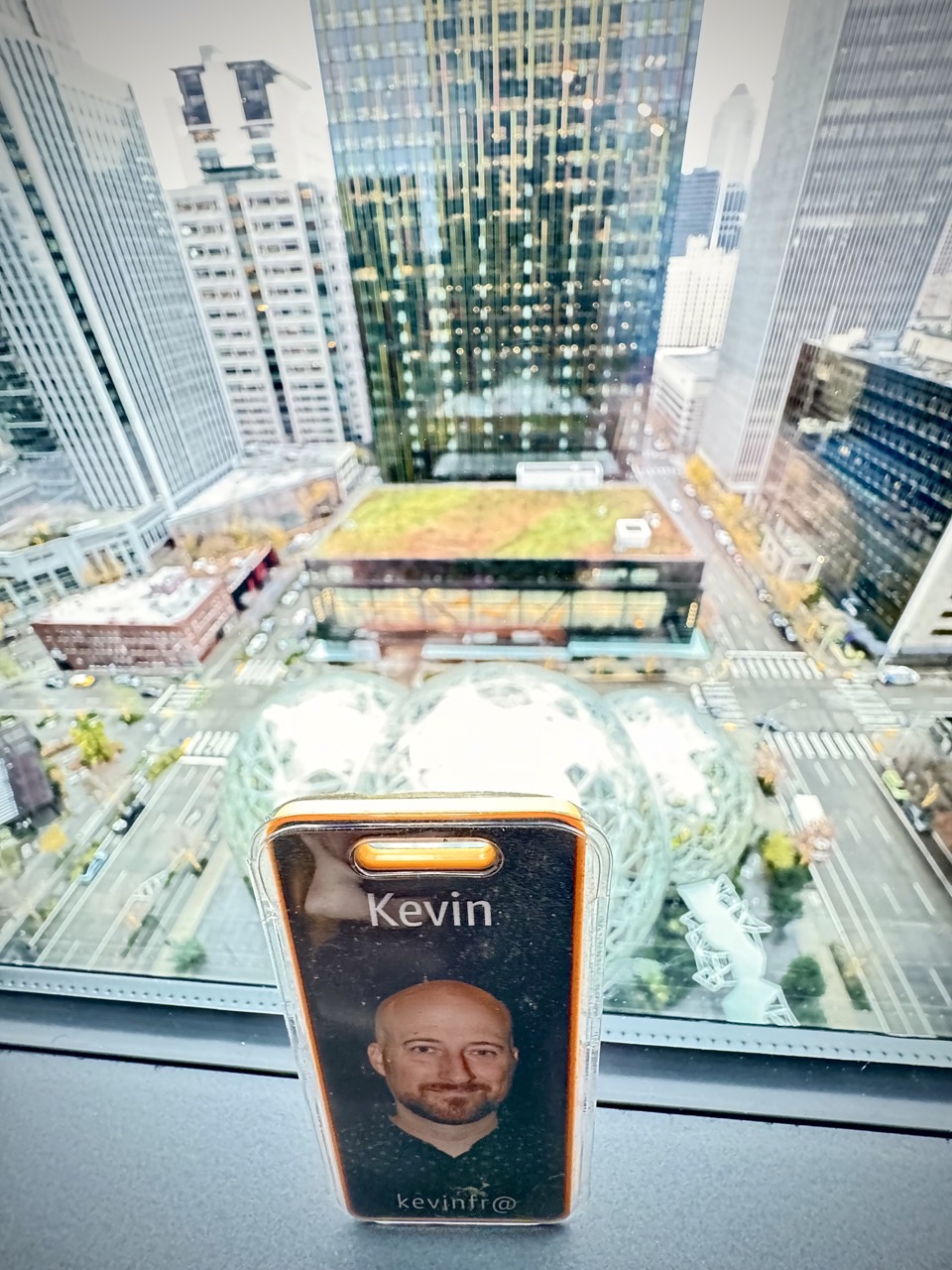OK, we’re lobsters and we’re boiled. Y’all sure fooled, us, Netflix, Amazon, HBO, Disney, etc. But now people are noticing more than ever that bills for streaming services are piling up while seeing lower quality shows and movies (imo), disappeared content, and now commercials. If you hadn’t already heard, Amazon’s Prime Video streaming service will start injecting commercials into what you watch starting Monday, January 29th unless you pay more to avoid them. Though it’s easy to say “commercials bad!” and threaten to cancel your Prime membership (but, admit it, you probably won’t because of that sweet fast shipping when you forget to order your kids’ friend’s birthday present at the last minute) I see the core problems a little differently.
Nothing New
The idea that streaming services were commercial free to this point is incorrect. Most already insert ads for their own offerings before what you clicked to watch. Some are easily skippable while others require a little scrubbing to get past. The idea of coming to their app and having a pure, immersive viewing experience the minute you sit down after a long day at work after the kids are in bed has been false for a while given their self-promotional preambles.
Anti-Scotty Expectations
There’s a trope from Star Trek that, anytime there’s an emergency on board the Enterprise, their chief engineer Scotty will report to the captain that some critical repair will take longer than the time they have before they explode and, upon the captain’s urging, that he’ll do what he can. Under promise; over deliver. 🙂
Streaming services have set all our expectations such that if we cut the cable TV cord and swear fealty to them we’d never see a commercial again. Had they never set this precedent this backlash might have been avoided. Over promise; under deliver. 🙁
Not a great look especially when trust and loyalty can make the difference when someone is choosing to make cuts among the various subscriptions they pay for.
Commercials not relevant
Ads are largely garbage. I don’t know how the money math works out for most of the online commercials I see on services like YouTube because nearly none are at all relevant to my interests, hobbies, family status, location, etc: Endless ads for drugs I won’t remember the name of for ailments I don’t have or for pet food for dogs even though I don’t have a dog or travel companies hawking cruises I’ll never take.
Many of us think Big Tech knows everything about us and can laser target an ad for a product to such a degree that they may as well already drop in our shopping cart because they’re so certain we’ll hit that “checkout” button. Well, that’s wrong. At least in practice it’s wrong. They may have all that data but the advertisers sure don’t seem to use or want to pay for it.
Most companies serving up ads are averse to simply asking what I might like to see. Give me a simple form or two that helps guide ads towards what I like and I a) won’t be nearly as quick to skip or mute them and b) won’t put on my tinfoil hat at parties and warm people of The Algorithm™ that knows things about us we don’t know about ourselves. I know this won’t happen because, having worked at Amazon 7+ years, everyone wants to try to make “smart” systems to figure this out automagically when I would always just suggest giving that agency to the customer. I’m guessing you can figure out it wasn’t my suggestion that ever won out… due to “scalability” or “legacy systems” or [insert acronym here] something something.
People do want to buy useful or fun things they’re interested in and companies are completely missing the mark currently. You know when I notice ad breaks getting longer and longer? When it’s filled with irrelevant garbage.
Show Me What I Want (what I really, really want)
The shape of streaming services will continue to evolve and the revenue they bring in will be a huge part of that. I expect a settling wherein some of the smaller services will shut down and resume licensing their work to other streamers. In the meantime, if ads play into the equation my only hope is that they’re actually something interesting. Otherwise, I’ll keep doing what I’m doing and just look at something else on my phone while muted ads play to no eyes on my TV.



